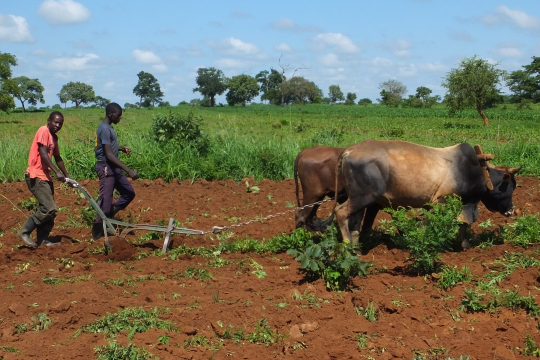Abstract
The paper employs a mixed-methods approach to document and evaluate drivers of climate change adaptation among smallholder farmers in Zambia. We combine rich household survey data, satellite rainfall, and in-depth interviews to model adoption based on the choice of an adaptation strategy and the intensity of adoption. We document a changing agricultural environment, with declining rainfall amount and duration. While government and partners have been promoting climate-smart practices such as conservation farming and irrigation, the level of adoption remains low. We show that farmers respond to rainfall shocks by adopting minimum tillage and crop rotation. Extension services also have proven effective in promoting minimum tillage and crop rotation. On the other hand, soil cover adoption (plant residue retention and planting soil cover) is driven more by farming cultures, while irrigation adoption is driven by the availability of surface water. Another notable finding is the low level of crop diversification, which has a direct bearing on the adoption of crop rotation and, to some extent, minimum tillage. Our analysis shows that mono-cropping stems from a cultural perspective and lack of certified inputs and structured markets for alternative crops. The prevalent practice of off-season free grazing also hinders the adoption of soil cover, irrigation, and minimum tillage, while irrigation is limited to surface water along seasonal streams or reservoirs.


